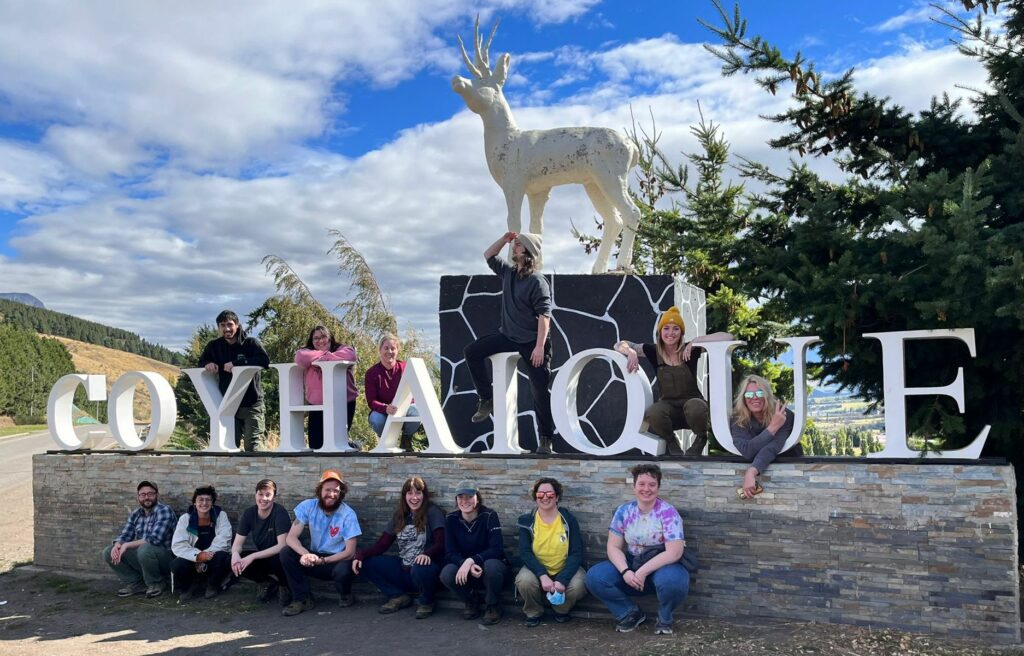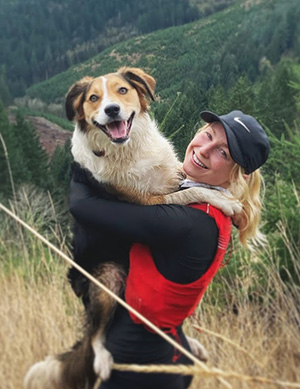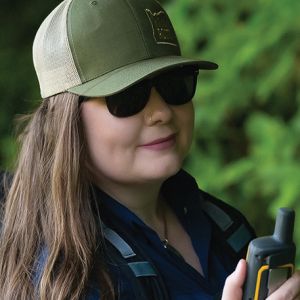
Hannah Proffitt has received the Oregon State University (OSU) Outstanding Student Award from the Oregon Society of American Foresters (OSAF). Proffitt accepted the award at the virtual 2022 OSAF Annual Meeting on April 28, 2022.
The OSU Outstanding Student Award is to be presented annually to an Oregon State University forestry student who is a member of the Society of American Foresters; participates regularly in OSU SAF activities, including a leadership role of some kind; represents the OSU SAF Student Chapter at state or national SAF gatherings; and who demonstrates good academic standing, good citizenship, and excellence in extracurricular and professional work activities.
Proffitt is a graduating senior in the College of Forestry who has been active in the student chapter throughout her academic career. She was part of the team that salvaged the remainder of the Christmas Tree Farm and has led the efforts out there for two years, even through COVID. In addition to being a solid student, Proffitt has worked for the College Forests and stays involved with university functions like the Career Fair.
John Bailey, a professor in the department of forest engineering, resources & management at OSU who nominated Proffitt, shared, “During a recent maintenance work party weekend on the Christmas Tree Farm, I worked with Hannah mowing for a couple of hours along with another student. Her commitment and energy are infectious even in these odd times.”
In recognition of Proffitt’s award, a donation was made in her name to the OSU Student Chapter.
OSAF and its 15 local chapters represent all segments the forestry profession within the state. The society includes public and private practitioners, researchers, administrators, educators, and forestry students. Its mission is to advance the science, education, technology, and practice of forestry; to enhance the competency of its members; to establish professional excellence; and to use the knowledge, skills, and conservation ethics of the profession to ensure the continued health and use of forest ecosystems and the present and future availability of forest resources to benefit society.








